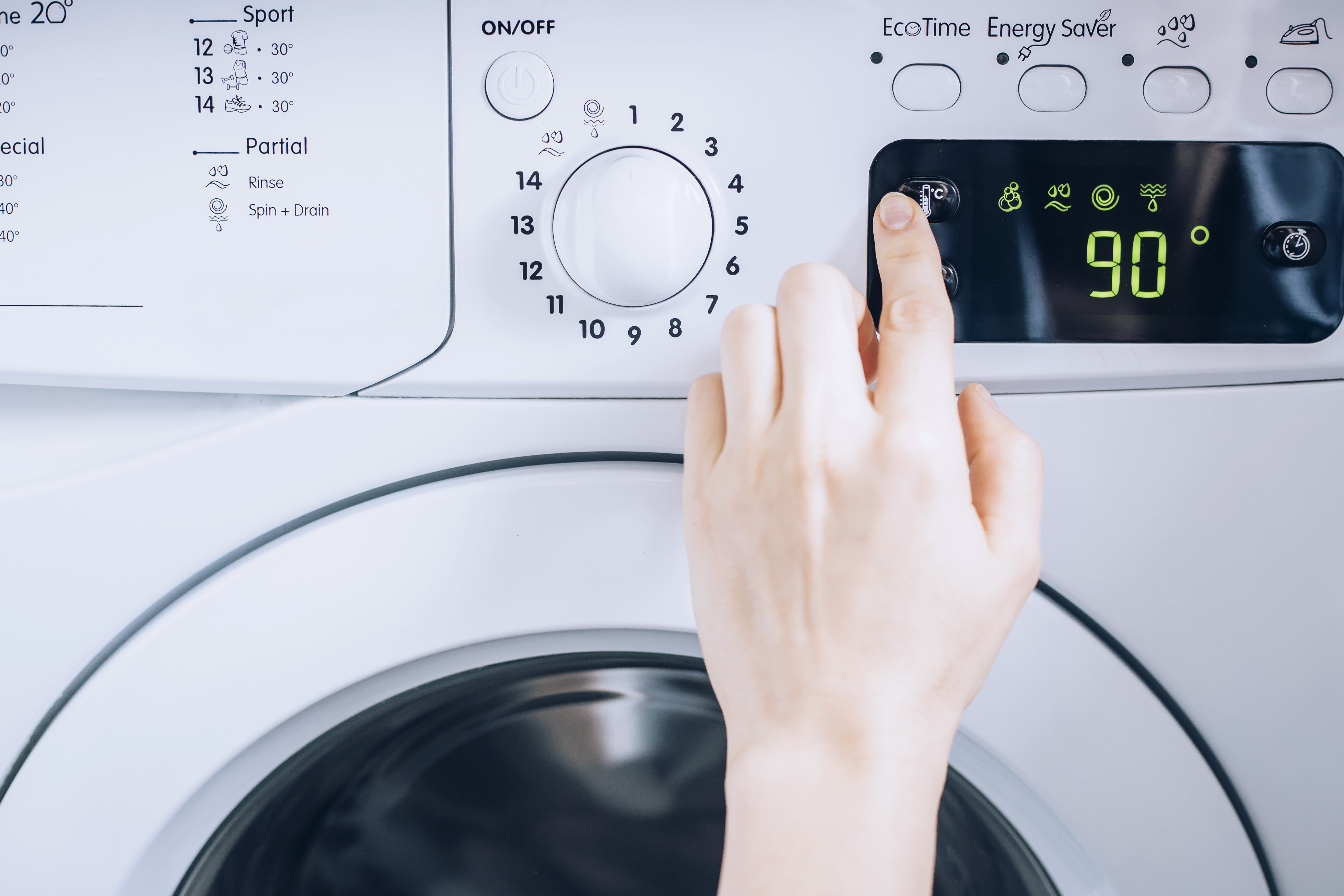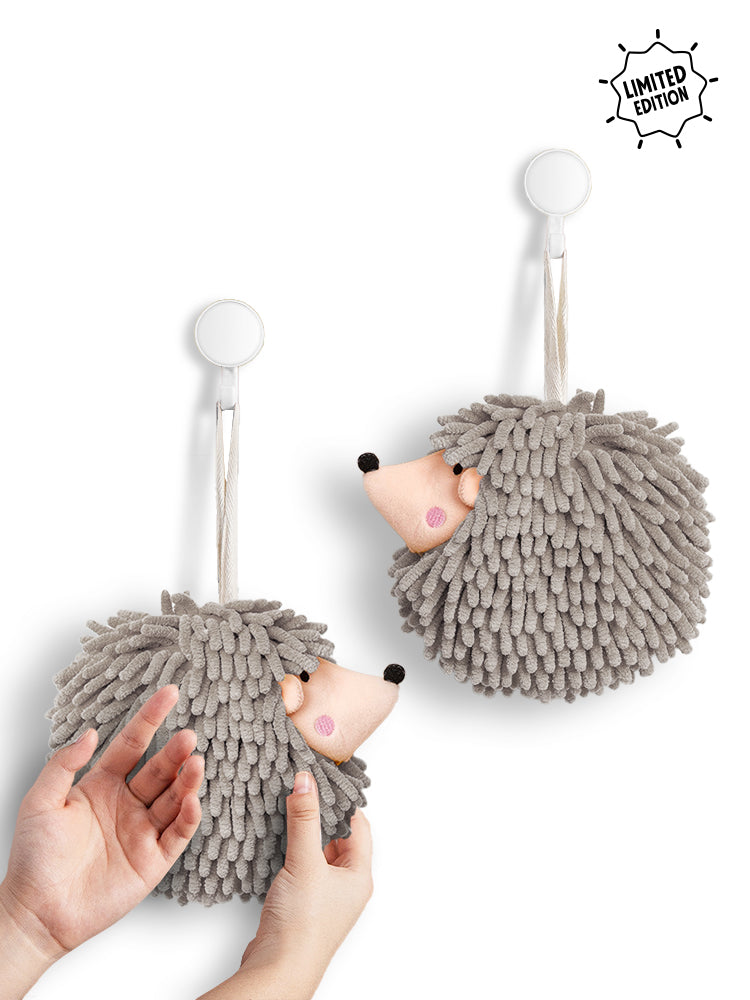
The permanent press cycles on washing machines and dryers are easy to overlook in favor of settings with clearer descriptive names like “Regular” or “Delicate.” However, it is well worth understanding what the permanent press cycle does.
Permanent press cycles were developed in the 1950s as a way to better launder and care for the synthetic fabrics gaining popularity at that time. Permanent press cycles appear on washing machines and dryers and are designed to reduce wrinkles and creasing in synthetic fabrics. Typically, they use lower heat and slower mechanical action. This guide explains how those cycles work, the benefits of using permanent press settings, and when to use the permanent press cycle versus other washer and dryer settings.
The Permanent Press Cycle on a Washing Machine
:strip_icc():format(webp)/GettyImages-157379736-0ff80eccab094fab88ddf7684a03619e.jpg)
The permanent press cycle on a washing machine is designed to reduce the appearance of wrinkles in clothing, accessories, and lightweight household linens like sheets and pillowcases. The cycle uses a combination of different water temperatures and drum speeds to relax fabrics, resulting in fewer wrinkles and creases.
The setting uses warm water during the wash cycle, which helps to reduce wrinkles, followed by cold water during the rinse cycle, which aids in the prevention of shrinkage, fading, and color loss. When in permanent press mode, the spin cycle—when water drains from the drum—operates on its slowest setting, further preventing wrinkles from forming.
The permanent press setting is often found on top-loading washers with a center agitator. However, the setting is also on some front-loading, high-efficiency washing machines.
The Permanent Press Cycle on a Dryer
Many dryers also feature a permanent press setting. As with the setting on a washer, the permanent press option on a dryer is designed to reduce wrinkles. Permanent press on a dryer is a medium heat cycle that is both slightly cooler and shorter than the standard regular dryer cycle. When transferring items from the washer to the dryer, give them a quick shake to loosen the fabric. It reduces creases and wrinkles and shortens drying time.
Typically, the permanent press cycle on a dryer is 10°F-15°F colder and 10 minutes shorter than a dryer’s regular cycle. Some dryers also include a cool-down period at the end of the cycle that transitions from warm air to cold to reduce wrinkling further.
The Benefits of the Permanent Press Cycle

The permanent press cycle is a smart choice when laundering clothing, accessories, and household goods prone to wrinkling. The permanent press cycles on washers and dryers are especially beneficial for laundering synthetic fabrics such as polyester, nylon, rayon, or acrylic, as well as fabrics made from a blend of synthetic and natural fibers.
Using the permanent press cycle can extend the lifespan of clothing, accessories, and linens. Because the cycles are designed to reduce wrinkles, they can eliminate the need to iron clothing, accessories, and linens, saving time and helping to extend the lifespan of those items. Ironing poses several risks to fabric, including fading, shrinking, or burning. Additionally, the shorter and slower cycles reduce the friction that can cause pilling, fraying, and other damage to fabric caused by mechanical action.
When to Use the Permanent Press Cycle
The permanent press cycle is ideal when laundering moderately soiled synthetic fabrics and fabrics made from a blend of synthetic and natural fibers. Some wrinkle-prone natural fibers, such as bamboo and linen, also benefit from being laundered using the permanent press settings. It is best for light- to medium-weight items, like T-shirts, pajamas, and dress shirts, and small accessories like socks, underwear, and scarves. Bed sheets and pillowcases can also be laundered using permanent press settings to reduce the appearance of wrinkles and eliminate the need for tedious manual ironing.
However, avoid using the permanent press cycle when washing heavy or bulky items, such as sweatshirts, towels, and heavy bedding. The permanent press cycle is also not recommended for use when laundering delicate fabrics like silk, cashmere, lace, or garments with embellishments like decorative buttons or sequins that can suffer damage from agitation. Instead, opt for delicate or gentle washer and dryer settings that use cold water, slow agitation and spin cycles, and low heat drying.
The permanent press cycle is not optimal for laundering heavily soiled items that require faster agitation and spin and longer washing time, which the regular or heavy-duty cycles offer.
How to Get the Best Results from the Permanent Press Cycle
While the programming of machines does most of the work for you, follow these tips to get the most out of the permanent press cycles on your washer and dryer.
- Check the guidelines on fabric care labels for recommendations on using the permanent press cycle.
- Avoid overloading the washer, as a packed drum will wrinkle the fabric after laundering.
- If the washer has a center agitator, don’t wrap or wind clothes or bedding around it when loading the washer. Additionally, load items in loosely to prevent overloading the drum.
- Avoid leaving items in the washer or dryer after their cycles are complete to further prevent wrinkles from forming.
Sources:
- All photos used in this blogpost are sourced from the internet, and the rights belong to their respective owners
- Kerr, J. (2023, December 14). What Is Permanent Press? How to Use the Laundry Cycle. Better Homes & Gardens. https://www.bhg.com/what-is-permanent-press-8411934


